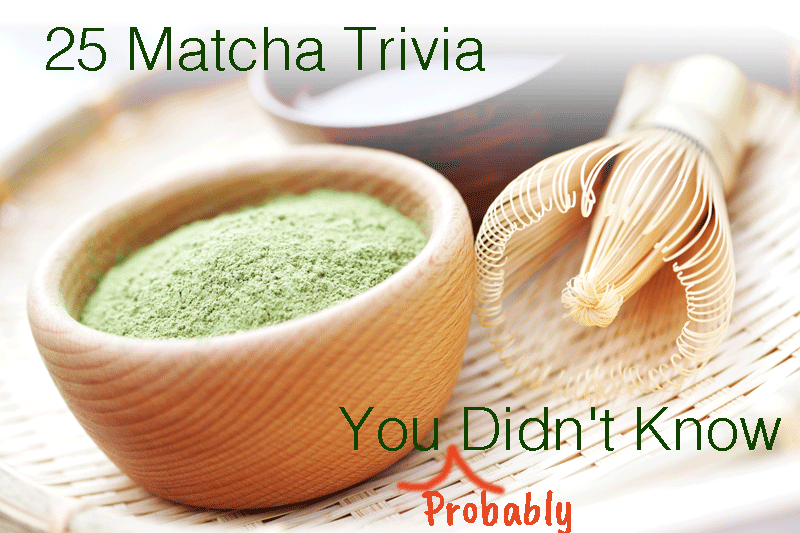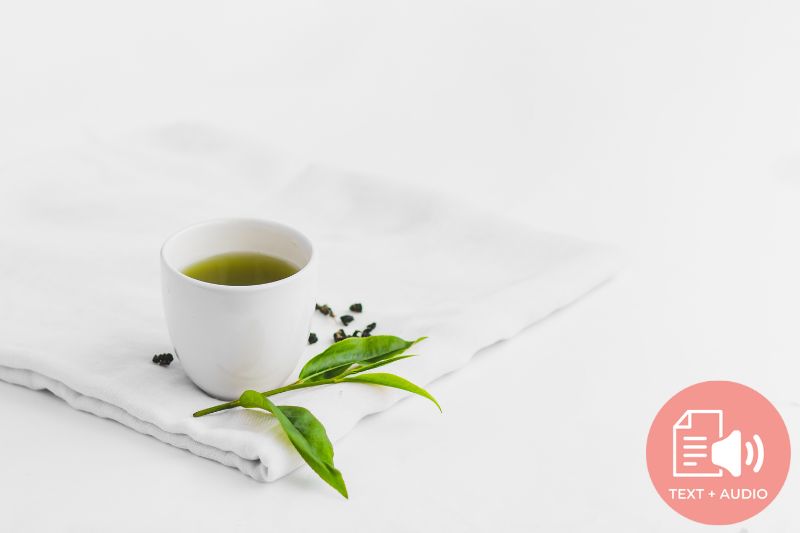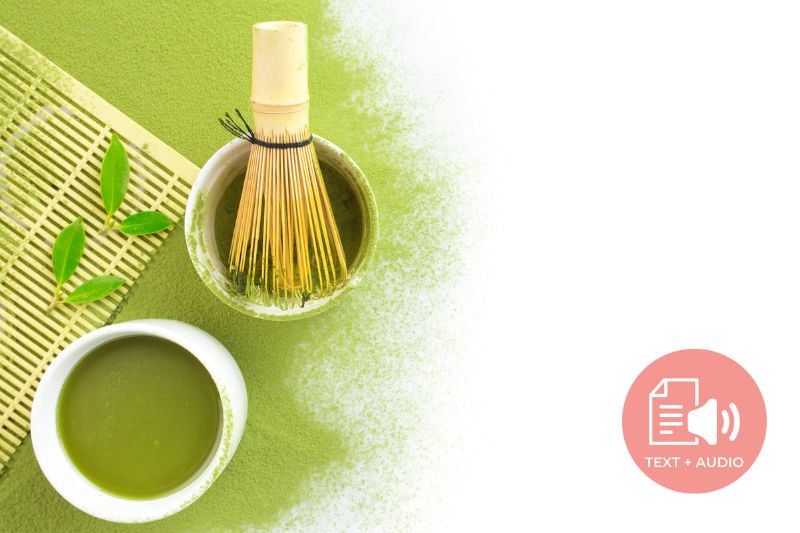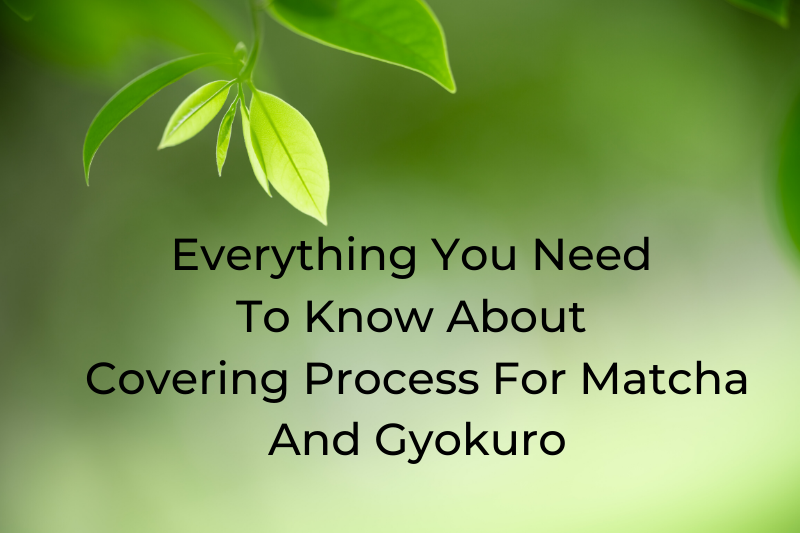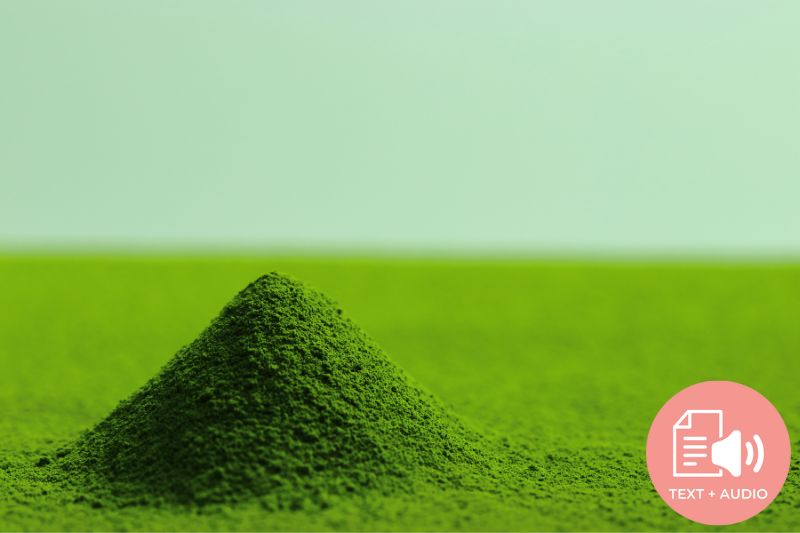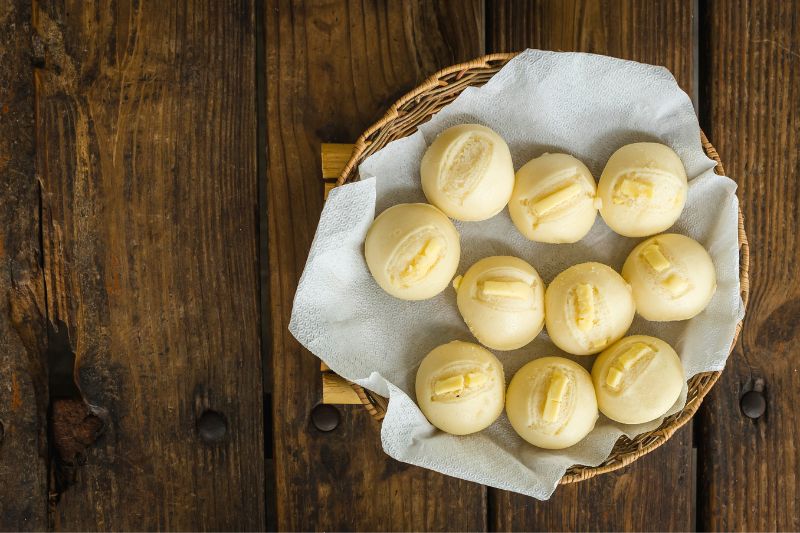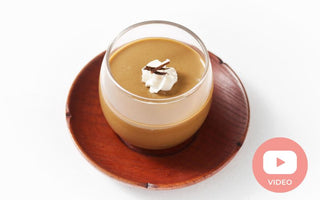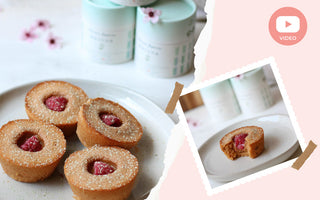Subscribe to Green Tea Podcast:
What Causes Some Matcha Flavors to Have a Chocolate Aroma?
Sometimes I am asked why I drink the teas that I do, and it is a tough question to answer. Most of the time, I struggled to define the flavor, or perhaps the aroma. You have probably come across the words "umami" to describe the flavor profiles of various Japanese green teas, for example, a kind of full flavor on your tongue (see What Does Umami Mean for Tea Drinking?).
I prefer "fresh-smelling" teas and tend to use that word accidentally in describing teas. Unfortunately, throwing terms such as "umami" or fresh around does not necessarily convey what the tea is about. One of the teas that I, like many others, thoroughly enjoy is good matcha. Oddly enough, matcha is often one of the easiest teas to describe. Several matcha teas I have enjoyed include a distinct chocolate aroma that is impossible to dismiss.
For those who are not familiar with this distinction, it can be tough to understand how green powdered tea smells like chocolate. Let us unpack this to see where this chocolate smell comes from—perhaps one of the first teas you can convey in words to others!
Matcha isn’t too complicated, is it?
This question may seem obvious to many, but it is important to put together the pieces of the matcha puzzle in order to understand where the chocolate aroma comes from. Matcha is made from the tea leaves of Camellia Sinensis. Matcha made from these leaves is shaded by approximately20 days before harvest, with different kinds of "mats" that you may see across different parts of Japan, particularly in and around Kyushu and Kyoto in the springtime.

The shading of the leaves increases the chlorophyll levels, which ultimately darkens the plant. This process subsequently increases the production of L-Theanine. L-Theanine has been found to help those with higher levels of anxiety and alleviate stress. It may also improve sleep and the immune system. The leaves are then kneaded, not rolled. Rolling the leaves would lead to a different final product known as gyokuro (Please see Gyokuro vs. Tencha).
Kneading, as you can imagine, helps flatten the leaves, making them easier to devein, for example. The leaves are then grounded on large stone rollers that are commonly seen on Japanese TV. This is, of course, where the name matcha is derived from, meaning "ground tea" in a more direct translation.
What makes the matcha process so unique?
The matcha-producing process is radically different from many other Japanese teas and helps establish matcha as a distinct green tea. With that being said, the idea of matcha and rich chocolate aromas is often associated with higher levels of nutrients. Varying qualities of matcha can be found, from top-quality ceremonial grades to culinary grades. Culinary grades are fantastic for cooking purposes (Please take a moment to review our "Matcha Everything" page here) but are not as rich in the nutrients that help ceremonial matches stick out as premium green tea.
For a much higher-graded matcha, you will not only find the chocolate aroma but also a sweet aftertaste. Perhaps the most obvious product to come from matcha flavors are matcha-flavored KitKat bars. In fact, chocolate and matcha products extend well beyond simple aromas and chocolate bars; they have become a sizeable market and are sought after by many tea lovers (Please see our collection here).

How do you describe your favorite teas?
Even with the idea of chocolate and sweetness available as descriptions for matcha lovers, this hardly applies to the plethora of other teas that fill your cups. Take a moment and try to describe those flavors. Perhaps share some of the nutritional tea information that you have come across.
This article was originally published in 2022, but updated in 2023.
Get Free Bonus Books

Sign up for free to the Green Tea Club to get advice and exclusive articles about how to choose Japanese Tea, and tips, tricks, and recipes for enjoying Japanese tea.


